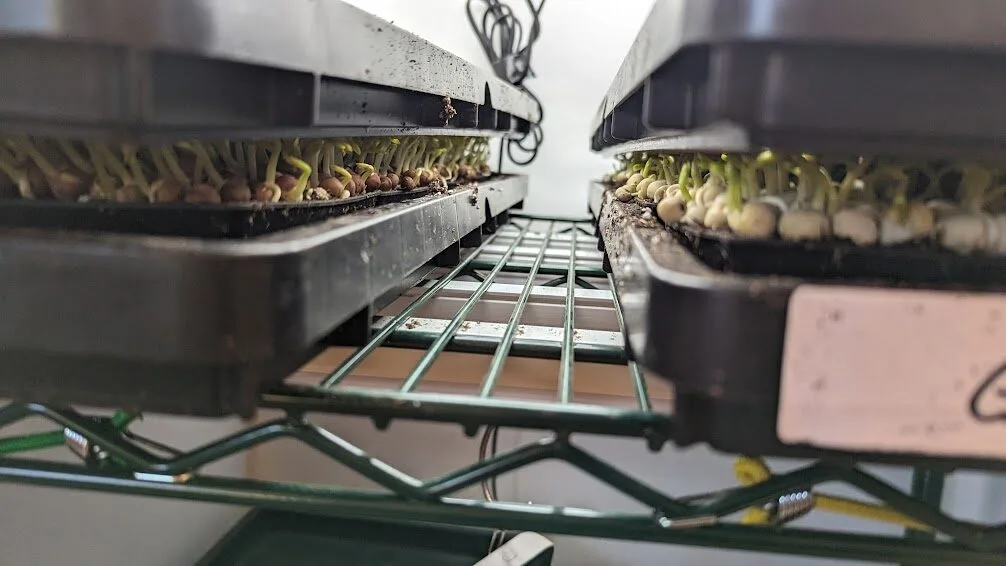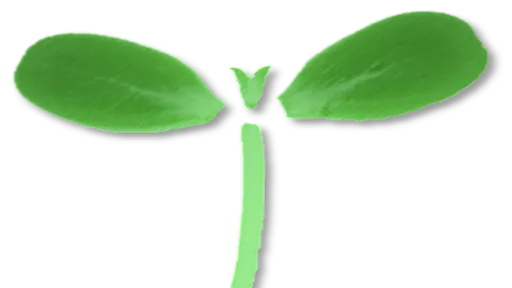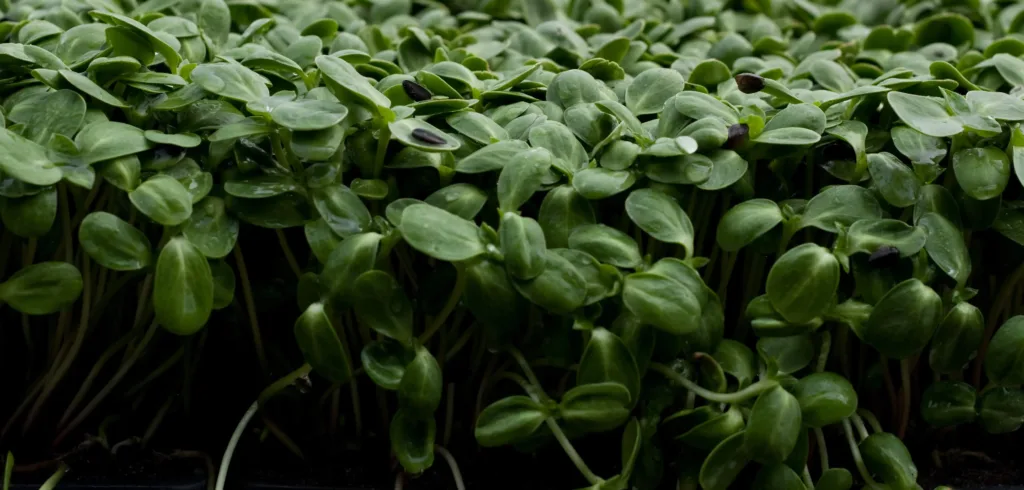
Microgreens Crop Planning Principles
Introduction
Microgreens may be small, but growing them efficiently requires some planning. If you’ve ever struggled to align your planting with your harvest needs—or found yourself tossing unused trays—you’re not alone. That’s where crop planning comes in.
In this article, we’ll break down what microgreens crop planning is, why it matters, and how it can save you time, money, and stress.
What Is Crop Planning for Microgreens?
At its core, crop planning is the process of determining your sowing schedule based on actual or potential product needs. Instead of guessing how much to grow, you plan backwards from your harvest dates and customer orders.
You’re not just growing crops—you’re producing products for customers. That means your growing system should be tightly linked to:
- What you need to deliver
- When it needs to be harvested
- How much of each crop is required
This approach is often called “growing to order”—and it’s the foundation of an efficient, profitable microgreens business.

These principles are built into SeedLeaf, a crop planning platform designed specifically for microgreens growers. Check it out now!
Why Is Crop Planning Important?
Without a crop plan, you’re essentially guessing on which and how much crop to grow. This can lead to:
- Overproduction and waste
- Missed orders (i.e., lost sales) or inconsistent supply
- Poor yield tracking
- Unclear financials
Here are a few benefits of proper crop planning:
- Accurate production aligned with real demand
- Streamlined harvesting through consistent schedules
- Efficient order fulfillment, including mixed-product packs
- Better forecasting and record keeping
- More predictable revenue
Whether you’re growing for farmers’ markets, restaurants, or direct subscriptions, planning makes you more reliable and profitable.
The Core Concepts of Crop Planning
Your microgreens don’t just go from seed to salad. They follow a cycle involving elements, stages, and tasks.
Crop Elements
These are the actual “things” in your production system:
- Seed → the starting material
- Crop → the growing plant
- Product → the packaged item you sell
IMPORTANT CONCEPT: You grow a crop and you sell a product.
Crop Stages
These are the biological process your crops move through:
- Soaking – induces germination in your seed
- Germination – usually in darkness with weight on the seeds
- Blackout (optional) – encourages stretching in growing shoots
- Photosynthesis – exposure to light
- Harvest – cutting the crop
- Packaging – packaging the cut crop, transforming it into a Product
Crop Production Tasks
These are the “actions” you undertake in a crop production cycle – what you do during each stage:
- Soak → prepare seeds (for certain varieties)
- Sow → spread seeds on trays
- Cover / Uncover → manage darkness/light exposure
- Harvest → trim or ship live trays
Crop Characteristics
Crop characteristics are crucial for determining accurate production and financial planning. These include:
- DTM (Days to Maturity)
- DTG (Days to Germinate)
- DIB (Days in Blackout)
- Expected Yield
- Seeding Rate
- Tray Size
How a Crop Plan Comes Together
Here’s a simplified flow:
- Receive Orders (or forecast them)
- Determine Product Weights
- Calculate How Much of Each Crop You Need
- Set Harvest Date(s)
- Work Backwards to Set Sow and Soak Dates
- Build Your Weekly Plan
Crop Cycle
Understanding the full crop growing cycle helps you better plan your time and activities. Here, we compile all the information above to show how it all interacts:

Each of these steps connects your customer demand directly to your production schedule.
The Bottom Line: Don’t Just Grow—Plan
Microgreens crop planning isn’t just for large operations. Even if you’re growing on a few shelves, knowing exactly what to sow—and when—gives you more control, better results, and less waste.

SeedLeaf was built from years of hands-on microgreens production experience to simplify the crop planning process. It’s what powers the planning strategies in this article series. Check it out now!
What’s Next in the Series?
In Part 2 of our crop planning series, we’ll dive deeper into the anatomy of your crop plan—breaking down the difference between seeds, crops, and products, and how to structure your workflow around them.

Leave a Reply